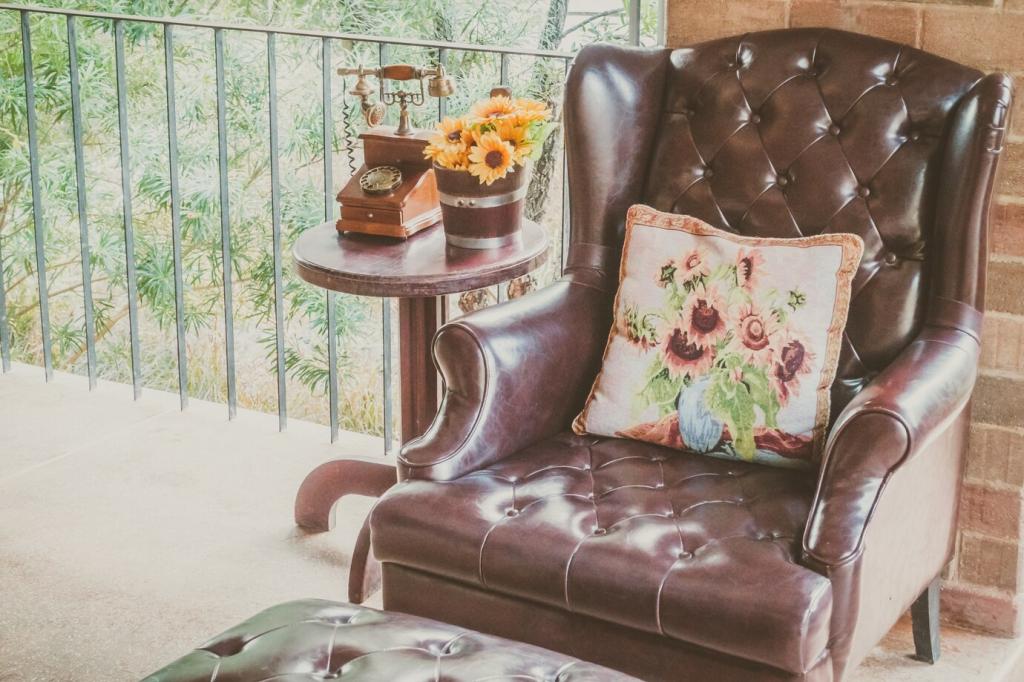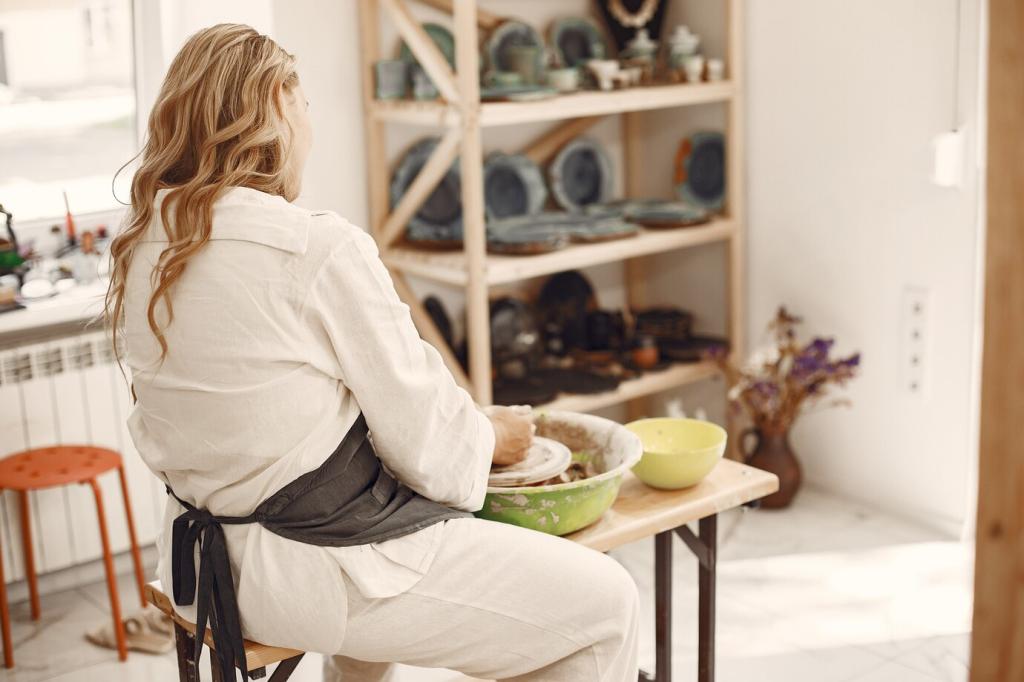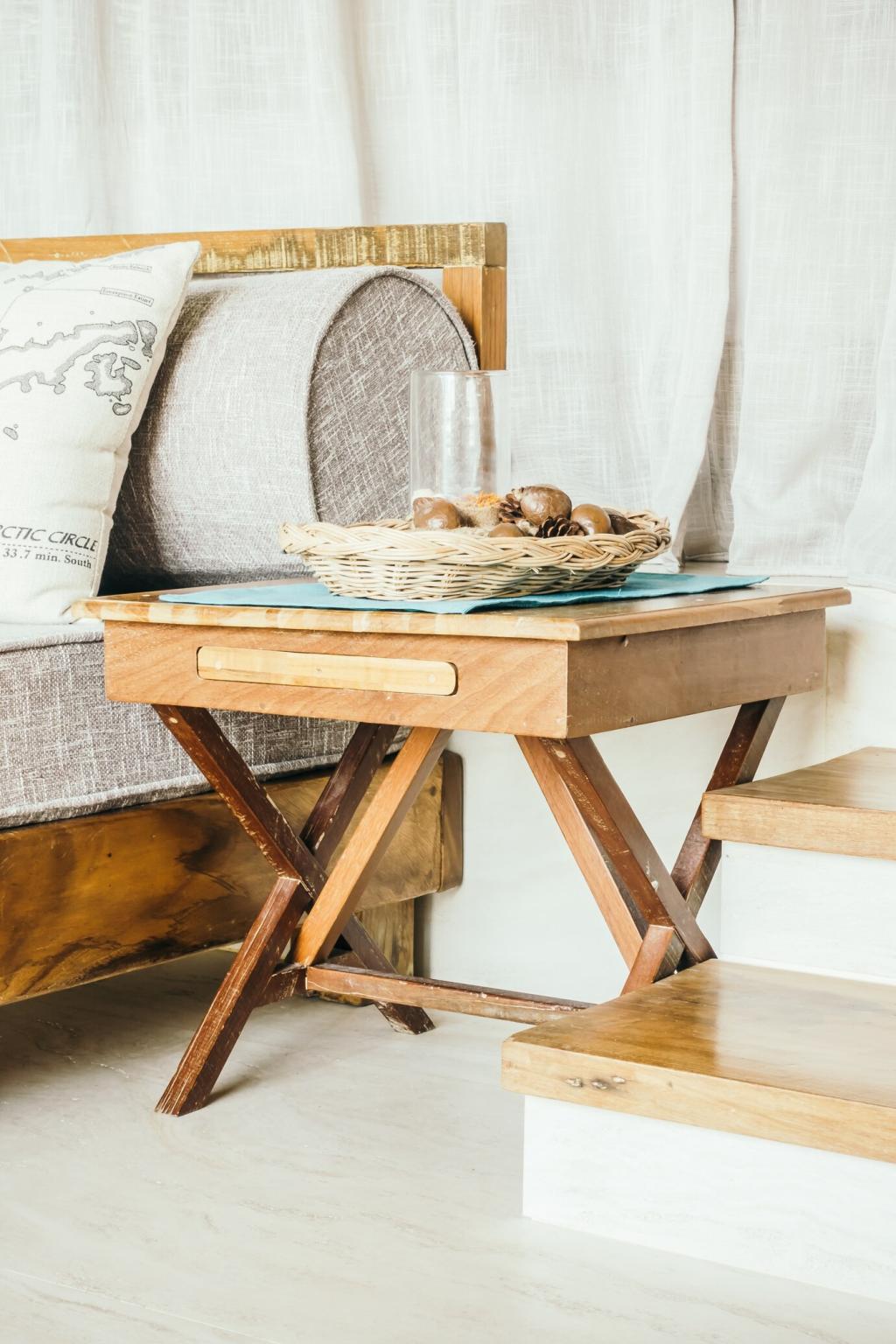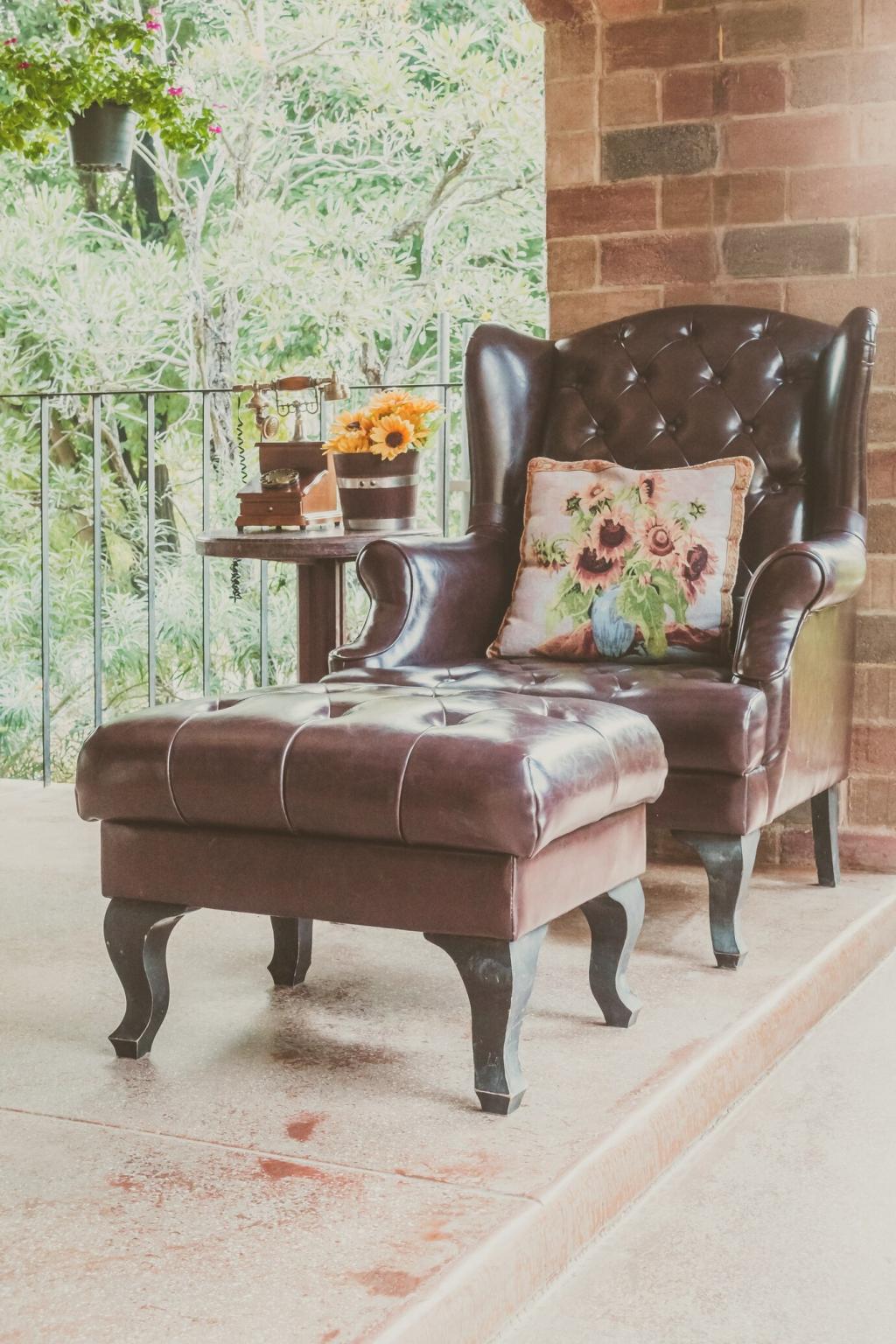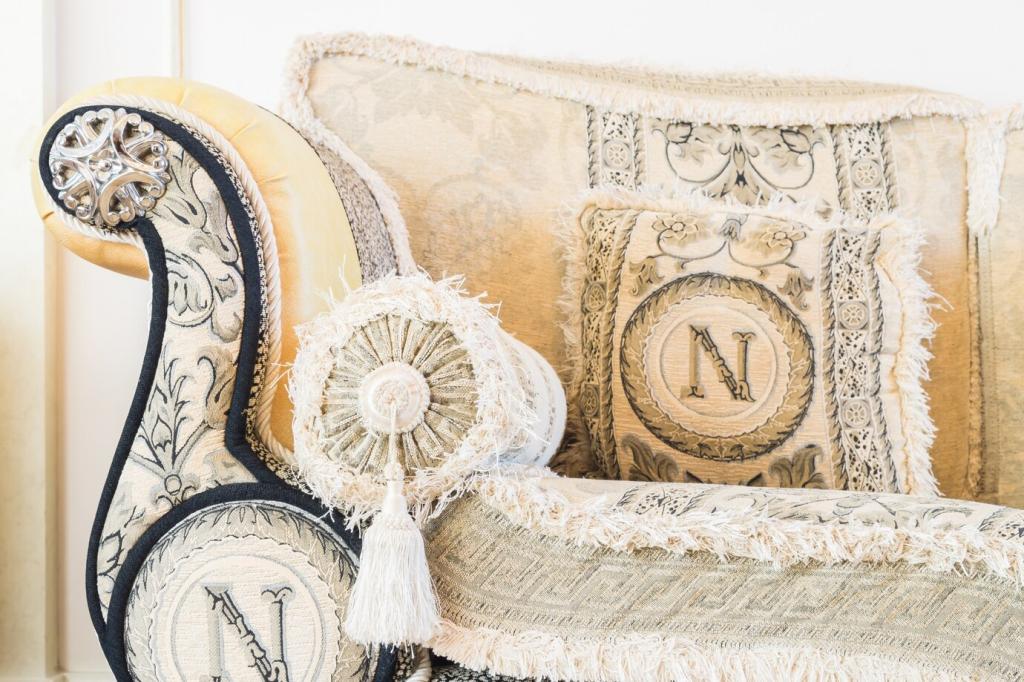What Goes Wrong When Humidity Is Off
When one face of a board takes on or releases moisture faster than the other, the board curves or cups. Uneven exposure—like sunlight on one side—exaggerates the effect. Balanced airflow and consistent humidity dramatically reduce these distortions over time.
What Goes Wrong When Humidity Is Off
Too-dry air shrinks wood, concentrating stresses at weak points, creating checks and splitting joints. Glue lines can fail when seasonal movement is restrained. Allow for expansion in your designs, and choose adhesives appropriate for expected humidity swings.


